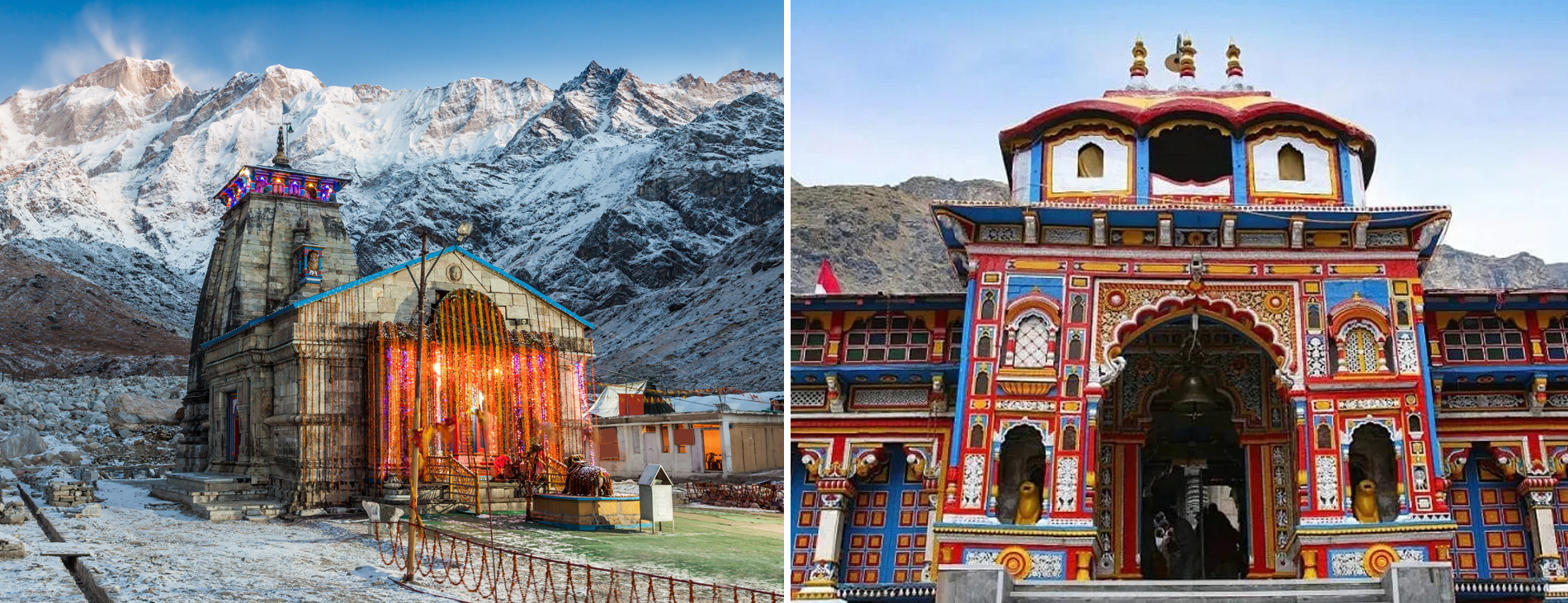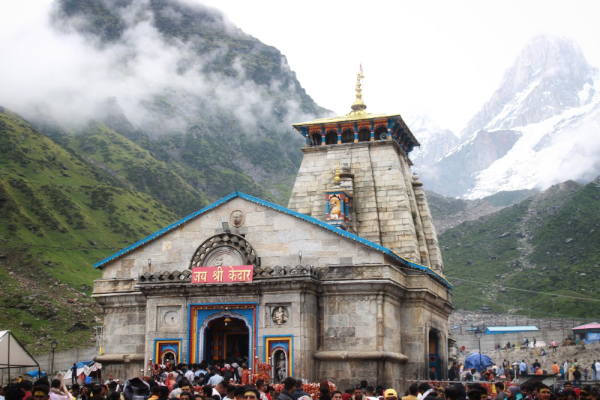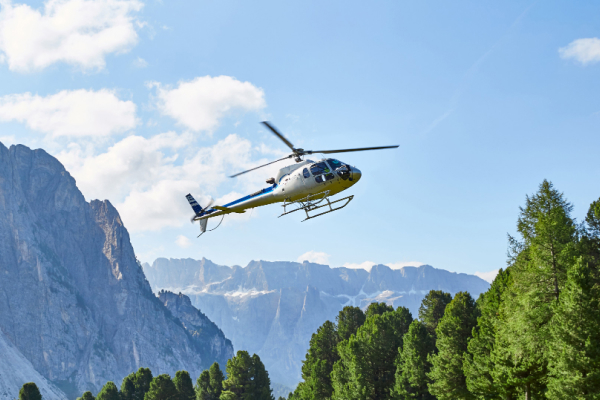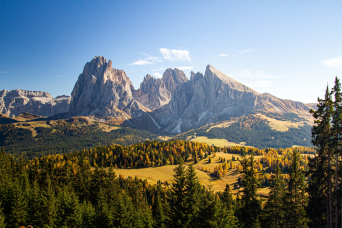Meaning and Significance of Do Dham Yatra
It is believed that an individual achieves salvation after removing all his sins through a spiritual journey to Do Dhams – Kedarnath and Badrinath. People who have already visited Gangotri and Yamunotri can go on Do Dham Yatra to complete their Char Dham Yatra.
Kedarnath Ji temple is devoted to Lord Shiva. The grand and stunning ancient architecture of this temple belongs to the 7th century. Thousands of pilgrims visit this religious site, also known as Rudraprayag, to seek Lord Shiva’s blessings. Kedarnath is one of the well-known jyotirlinga out of the 12 jyotirlingas.
According to Hindu Mythology, Lord Shiva hid himself as a bull to prevent Pandavas from completing their wish for absolution from the blame of killing Kauravas. Once Pandavas found Lord Shiva, they bumped into the ground and just the hump remained outside. Pandavas built a temple in this place, which was later recognized as Kedarnath Temple. Every morning, devotees perform Rudrabhishek Puja to receive blessings from Lord Shiva's Rudra Form.
The Do Dham yatra finishes at Badrinath Temple, which is dedicated to Lord Vishnu. According to Hindu mythology, Lord Vishnu meditated under the Badri tree for over 1,000 years for human welfare. Located in the Chamoil district between the mountain ranges of Nar and Narayana, the Badrinath temple features the distinct idol of Lord Vishnu.
Don’t forget to visit Devprayag, Karnaprayag, Rudraprayag, Nandprayag, and Vishnuprayag, which are the main attractions in Badrinath. Also, explore Vyas Gufa of Badrinath where Maharishi Vyas composed Mahabharata with Lord Ganesha's support.
You can visit both Dhams along with all associated must-visit places during the yatra by booking the Do Dham yatra by helicopter package that makes the entire yatra memorable for a lifetime. The travel agent, local sightseeing guides, and the entire team offer a comfortable, well-organized, and luxurious experience by making all necessary arrangements.











